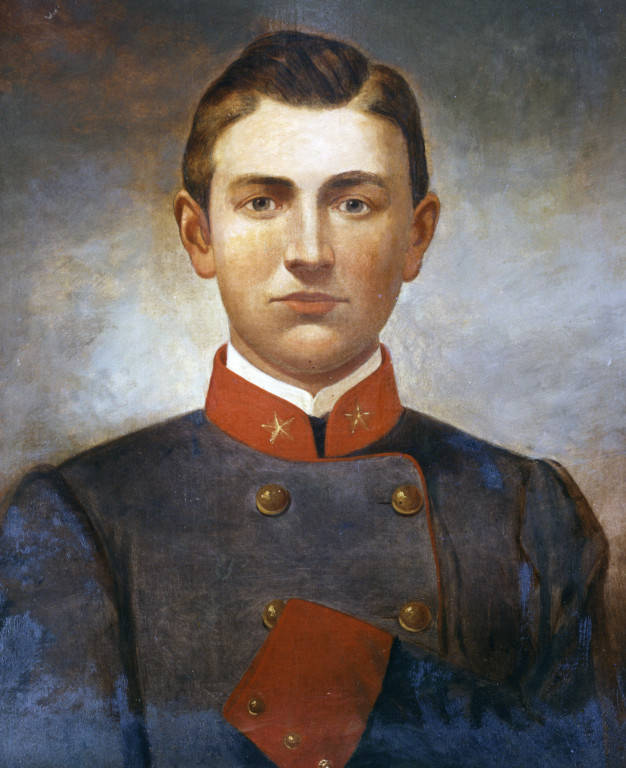
Joseph Latimer and Benner’s Hill
April 8, 2025Joseph Latimer and Benner’s Hill
Joseph Latimer was Born on August 27th, 1843, in Prince William County Virginia. Latimer would go on to study at the Virginia Military Institute (V.M.I). During the beginning of the American Civil War Latimer would first serve as Cadet Drill Master for the Richmond Hampden Artillery. In the fall of 1861, he would be promoted to first lieutenant and would see action with Richard Ewells Division in the Shenandoah Valley Campaign 0f 1862. In March of 1863 he would be promoted to major at just 19 years old. Known for his small stature and young age the major was often called “The Boy Major” by men within the division.
Benner’s Hill is a small rise about 1,400 yards northeast of Cemetery Hill. At the time of the battle the crest of the hill was open with corn and wheat being grown on the hill. The hill was part of Christian and Susan Benner’s 208-acre farm (the family lived closer to Wolf’s Hill). On the first day of the battle the 35th Virginia Battalion of Cavalry would report Union forces near the hill. These forces would play a factor in delaying Richard Ewell on the evening of July 1st.
On the morning of July 2nd Major Latimer would ride along the Confederate left looking for a platform to allow his batteries to engage union batteries on Cemetery Hill and Culps Hill. He would eventually settle on Benner Hill his only real option. In the late afternoon the pieces of Latimer’s Battalion would open on Cemetery Hill and Culps Hill. His artillerymen would be outnumbered by the responding union pieces Benner Hill was quickly becoming a disastrous place to be. The 1 ½ hour duel would begin to tear apart Latimer’s guns. Near dusk some brigades of Major General Edward Allegheny Johnson would march through Latimer’s remaining guns on their way to Culps Hill (the guns would go quiet only for a few moments while this happens). Around this time Latimer would be struck by a piece of artillery shell that would pierce his left arm and kill his horse with the horse then pinning him to the ground. By the end of this fighting only 4 guns would remain on Benner’s hill.
The boy major would have his arm amputated and he was evacuated with the army to Winchester. Fearing the approach of the union army the confederates would move Latimer to Harrisonburg Virginia where his wound would eventually become gangrenous and he would die August 1, 1863, 3 weeks shy of his 20th birthday. The men who served with him would eventually purchase a headstone monument for his burial site. Benner’s Hill today is a quiet spot on the battlefield it is not as heavily visited as other popular spots on the battlefield but is just as packed with history as any spot on the battlefield. To reach Benner’s hill head east on York Street, continue straight onto the Hanover Road. Follow the Hanover Road and turn Right onto Latimer Avenue You are now at Benner’s Hill.
Sources
https://emergingcivilwar.com/2016/03/01/gettysburg-off-the-beaten-path-benners-hill/
https://gettysburg.stonesentinels.com/battlefield-terrain/benners-hill-terrain/
Myers, David Thomas, The Boy Major of the Confederacy, Joseph White Latimer, Sprinkle Publications, Harrisonburg, VA, 2006